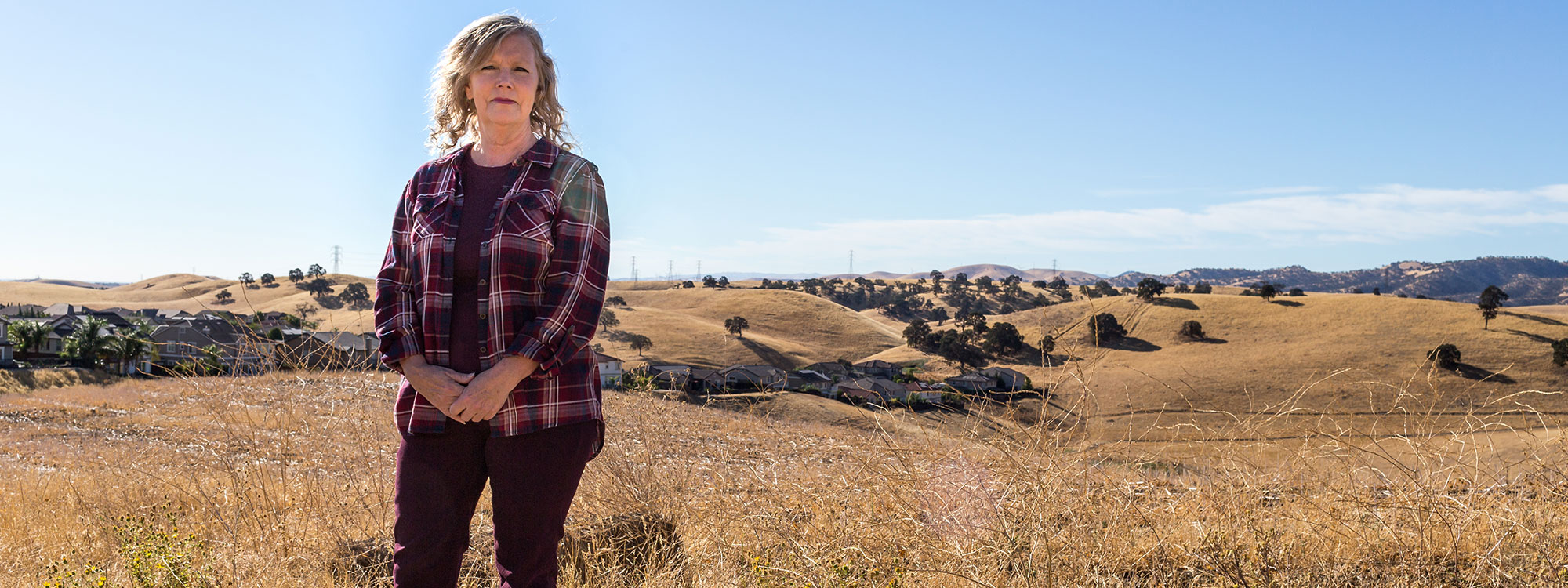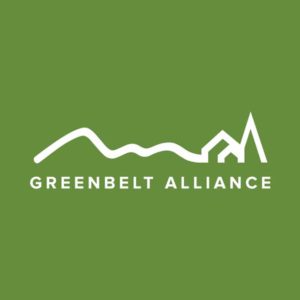Since 1989, we’ve taken stock of the Bay Area’s open space protection accomplishments and what’s left to do in our signature report, At Risk: The Bay Area Greenbelt. This report is the definitive research on the farms, ranches, and natural areas at risk of being lost forever to sprawl development.
In 2017 we reported that there are 150,000 greenbelt acres that are better protected now than they were in 2000. In other words, for every acre of open space that was lost to sprawl development, roughly three acres are now better protected. But there is still work to do; 293,000 acres of our Bay Area greenbelt are still in jeopardy.
How At Risk Affects the Bay Area
The Bay Area simply wouldn’t be the Bay Area without our greenbelt. Some of the benefits the greenbelt provides are obvious, like scenic views and recreation, but it also provides clean air and water, safety from floods, healthy food, and business opportunities. Our farms and ranches alone generate $2.7 billion in annual gross production value and $6.1 billion when considering the jobs, labor income, and value added from local agriculture.
Of our 3.6 million acre greenbelt, over two-thirds of it is agricultural land, 1.8 million acres provide water resources, and 2.5 million acres are important for wildlife. Together, the region’s lands store an enormous 111 million tons of carbon, regulating and protecting our climate. The benefits are overlapping and overwhelming.
The Bay Area won’t thrive without these lands; yet they are still under attack from sprawl development. For example, in 2017 Contra Costa County’s City of Brentwood tried to break its urban limit line to sprawl onto more than 2,000 acres of agricultural land and valleys. But Greenbelt Alliance and supporters, including local resident Kathy Griffin (pictured), fought back and continue to protect farms at the edge of the city. This year we’ve halted proposals like this around the region, protecting thousands of acres from sprawl. Regarding sprawl in Brentwood, Kathy says, “For the time being, we’ve won the common-sense battle. But it’s always a fight.”
What’s Next
The fate of the greenbelt depends on decisions being made around the region every day.
A decision by one county’s Board of Supervisors could decide the future of groundwater supplies for thousands of people. Building on wetlands in another county could release tons of carbon, contributing to climate change. Ballot measures from city to city across the region can allow sprawl to chip away at our farms and ranches. Greenbelt Alliance is constantly tracking and guiding decisions that will threaten or protect our vital lands. The coming year will bring major battles across the region about where and how development should happen. We will be on the front lines to make sure the right development happens in the right places—not on our greenbelt.
Our Impact
This year, we stopped sprawl proposals in places like Antioch—which proposed the Bay Area’s largest sprawl development in 2017—and expanded our reach even further by opening an office in Solano County. But we aren’t just stopping sprawl; we’re ensuring the right growth happens in the right places—within our cities and towns. For example, with our partners in Mountain View, we secured a plan for 9,850 new homes near major employers, including Google and LinkedIn. And in Sunnyvale we are in the midst of securing a plan for 6,900 new homes in the city’s El Camino Real corridor, close to jobs and transit. The final adoption is expected in 2018. By helping cities plan for the right kinds of development within their boundaries, we protect the greenbelt, and the Bay Area grows sustainably and equitably.
To download your copy of the At Risk report, click here.
Photo: Dani Padgett ©





